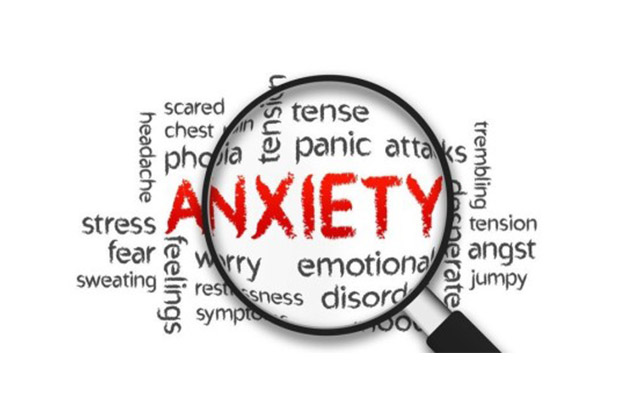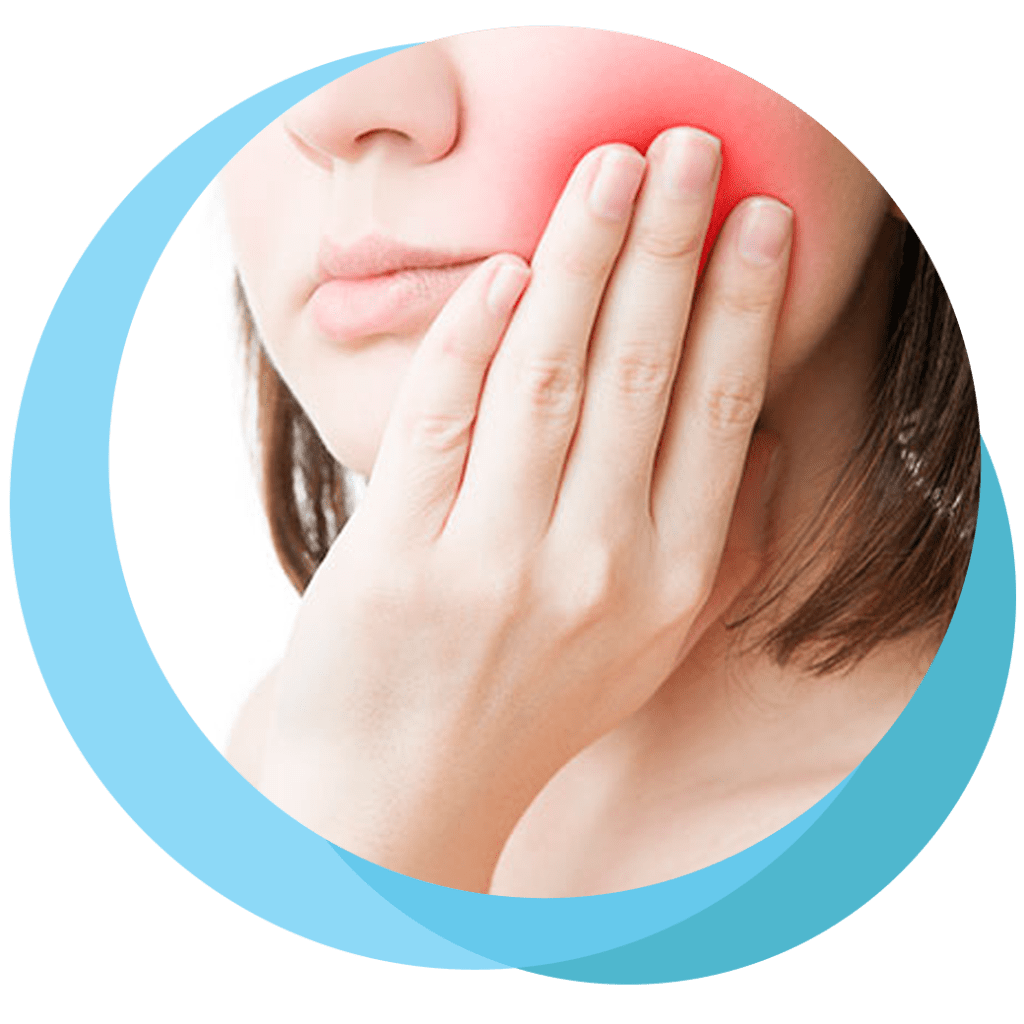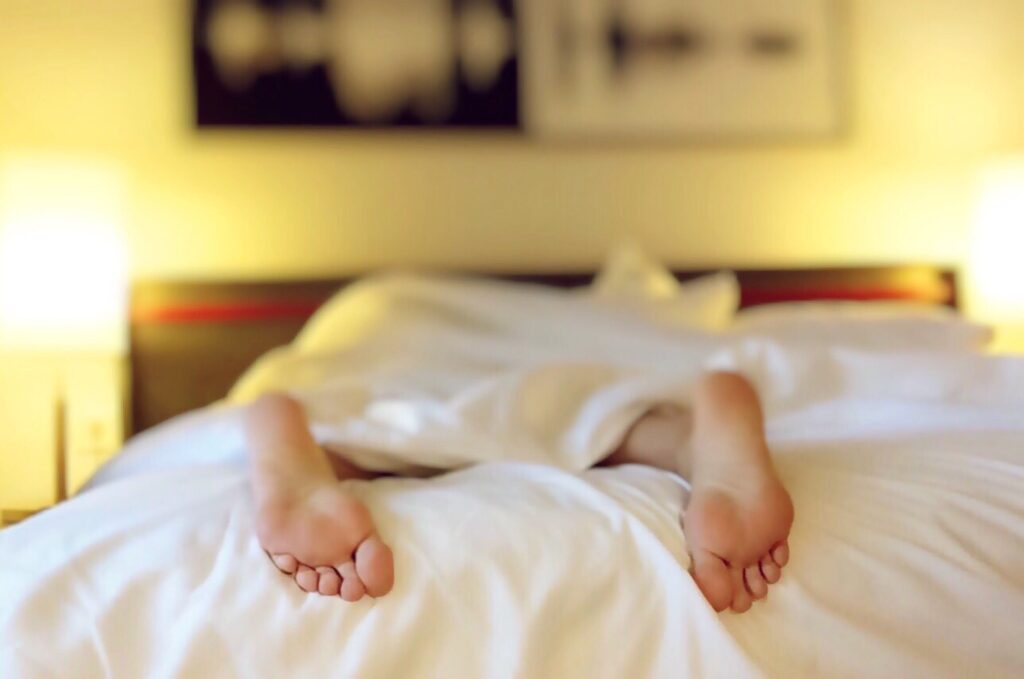Introduction:
Using the creative process of creating art, art therapy is a type of expressive therapy that enhances a person’s mental, emotional, and physical health. It is predicated on the idea that the creative process of artistic self-expression aids in problem-solving, the growth of interpersonal skills, behavior management, stress reduction, the enhancement of self-worth and self-awareness, and the achievement of insight. One particularly notable use of art therapy among its many uses is its ability to effectively reduce anxiety. This essay will examine art therapy’s function in anxiety management, emphasizing its expressive approaches and their capacity to promote emotional healing.
Understanding Anxiety:
Millions of people of all ages and backgrounds are impacted by anxiety disorders, which are among the most prevalent mental health problems in the world. Excessive worry, fear, or apprehension about what may happen in the future are characteristics of anxiety, which can seriously lower quality of life and daily functioning. Even though there are many therapeutic methods for treating anxiety, people can explore and express their emotions in a safe, non-verbal way through art therapy.
The Function of Art Therapy in the Management of Anxiety:
Art therapy offers people a creative means of expressing and refining their emotions, ideas, and experiences. Art therapy engages the tactile and visual senses in contrast to traditional talk therapy, which primarily uses verbal communication to facilitate a deeper examination of emotions that may be challenging to express verbally. People can acquire perspective on their emotions, externalize their internal experiences, and build coping mechanisms for anxiety through the process of producing art.
Expressive approaches in Art Therapy:
To promote emotional healing and self-discovery, art therapy makes use of a range of expressive approaches. These methods cover a broad spectrum of artistic media, such as collage, mixed media, painting, drawing, and sculpture. Every media has its own special advantages and difficulties, enabling people to choose the mode of expression that most appeals to them. Several expressive methods that are frequently employed in art therapy for anxiety include:
1. Mindful Drawing:
By concentrating on the here and now while producing art, mindful drawing helps people to slow down their racing minds and develop a sense of peace and relaxation. By using this method, participants are encouraged to focus on the various senses involved in drawing, including the paper’s texture, the pencil’s movement, and the colors being employed. Through engaging in the creative process, people can temporarily transcend their nervous thoughts and establish a connection with their inner selves.
2. Emotional Mapping:
In emotional mapping, various feelings and experiences are represented by colors, forms, and symbols. By using color and images to physically externalize their internal emotional landscape, participants are encouraged to describe how they are feeling at any given time. This method can assist people in seeing trends in their emotional reactions, understanding the root reasons of their worry, and creating coping mechanisms for challenging feelings.
3. Narrative Collage:
Using text, photographs, and other elements, narrative collage artists create visual narratives. Collagen pieces that convey a narrative about the participants’ hopes, anxieties, and experiences are encouraged to be put together. With the help of this technique, people can creatively and non-linearly explore their personal narratives, revealing underlying themes and relationships between their feelings and thoughts. Through collage, people can externalize their experiences and take control of them, allowing them to rewrite them in ways that are more empowering.
4. Body-Centered Art:
This type of art uses the body as a canvas on which the artist explores their emotions and physical sensations through gesture, movement, and touch. This method could include exercises like clay modeling, body tracing, or finger painting. Through tactile and kinesthetic expression, people can reestablish a connection with their bodies and alleviate muscle tension. Those who suffer from somatic symptoms of anxiety, such tense muscles, a fast heartbeat, or shallow breathing, may find this very helpful.
5. Guided Imagery:
This technique involves taking people on fictitious travels or excursions by using visualization techniques. All participants are asked to close their eyes and picture a placid beach or a tranquil woodland, for example. After that, they are urged to use their imaginations to bring their inner landscapes to life through artwork based on their visualizations. This method can assist people in achieving states of inner peace and relaxation, which can lessen tension and anxiety.
In summary,
Art therapy is an effective way to manage anxiety by using expressive strategies that encourage emotional recovery and self-discovery. People can externalize their internal experiences, obtain insight into their emotions, and create coping mechanisms for anxiety management by participating in the creative process of creating art. Through body-centered painting, narrative collage, emotional mapping, mindful drawing, or guided imagery, art therapy offers a secure and encouraging environment for people to explore their emotions and reduce anxiety. Art therapy, as a comprehensive approach to mental health and wellbeing, has great potential to improve the quality of life for individuals experiencing anxiety and to facilitate emotional healing via creative expression.




